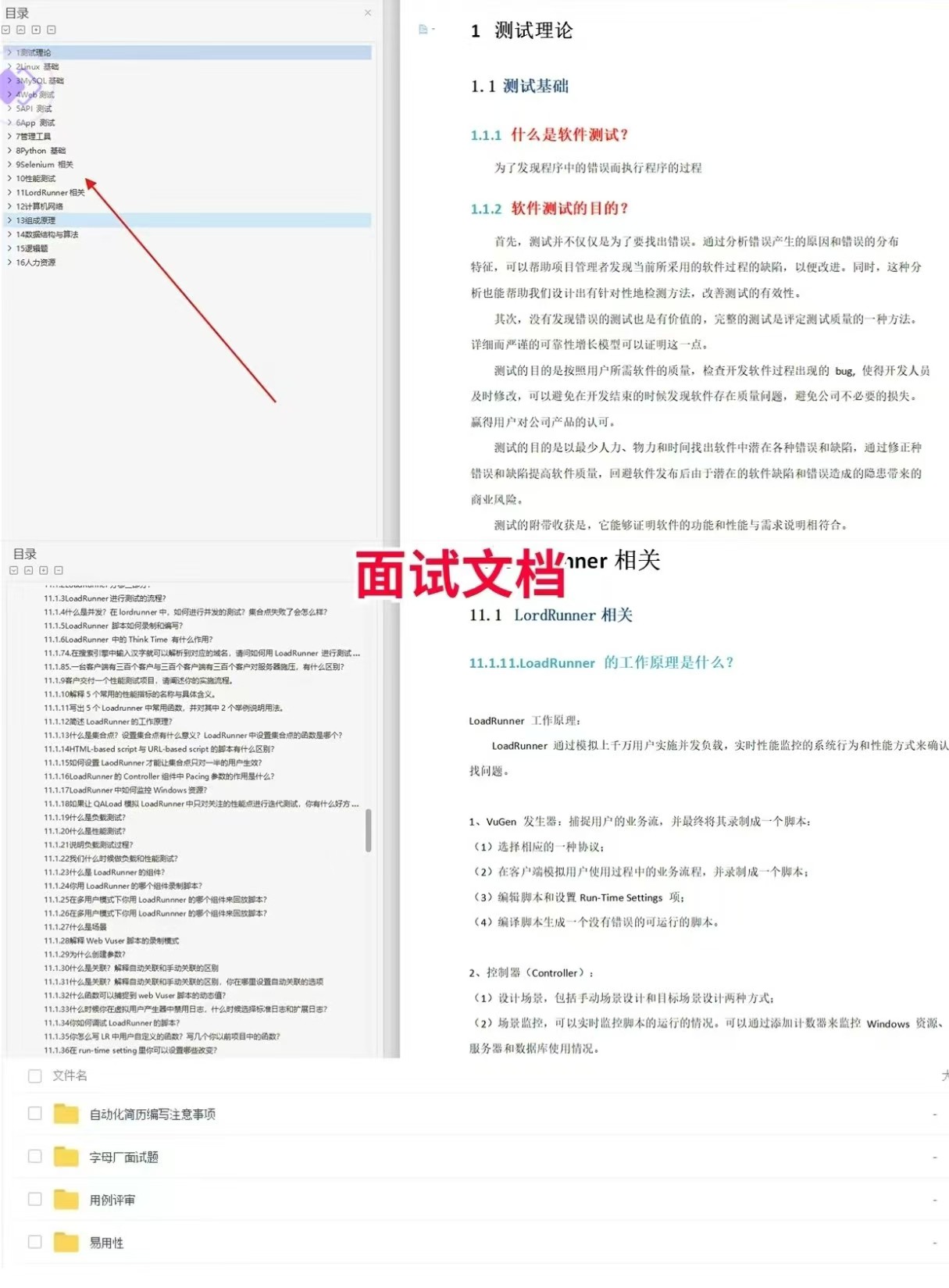Spring Security 是一个强大且灵活的安全框架,能够帮助开发者为 Spring 应用程序提供认证和授权服务。在实际应用中,Spring Security 主要涉及用户的认证(谁是用户)和授权(用户能做什么)。本文将深入讲解 Spring Security 在授权方面的核心功能,尤其是 RBAC 权限模型、自定义异常处理器、方法权限校验,并结合原理与实践详细阐述其实现。
1. RBAC 权限模型(基于角色的访问控制)
1.1 原理
RBAC(Role-Based Access Control,基于角色的访问控制)是一种通过角色来管理用户权限的机制。在 RBAC 模型中,权限是分配给角色的,用户通过被分配角色来间接获得权限。这种模型非常适用于组织中不同角色的用户,能够简化权限的管理和控制。
Spring Security 实现了基于角色的权限控制,角色通常是以 GrantedAuthority 来表示。在 Spring Security 中,GrantedAuthority 是权限的抽象,表示用户能够执行的动作(如访问特定资源)。权限控制主要基于用户角色和请求的 URL 或方法来进行授权。
1.2 权限模型实现
Spring Security 提供了非常灵活的机制来实现角色的控制。可以通过 HttpSecurity 来配置 URL 路径与角色的映射,也可以通过方法级安全注解如 @PreAuthorize 和 @Secured 来进行权限控制。
1.2.1 URL 路径与角色映射
在 Spring Security 中,我们可以在 HttpSecurity 配置中为不同的 URL 路径配置不同的角色权限。例如,下面的配置表示:
- 只有
ROLE_ADMIN角色的用户可以访问/admin/**路径。 - 只有
ROLE_USER角色的用户可以访问/user/**路径。 /public/**路径对所有用户开放。
@Configuration
@EnableWebSecurity
public class SecurityConfig extends WebSecurityConfigurerAdapter {
@Override
protected void configure(HttpSecurity http) throws Exception {
http
.authorizeRequests()
.antMatchers("/admin/**").hasRole("ADMIN")
.antMatchers("/user/**").hasRole("USER")
.antMatchers("/public/**").permitAll()
.and()
.formLogin();
}
}
1.2.2 角色的动态加载
在实际应用中,角色通常是从数据库中动态加载的。Spring Security 提供了 UserDetailsService 接口,可以通过该接口从数据库中加载用户的角色。以下示例展示了如何自定义 UserDetailsService 从数据库加载用户及其角色信息:
@Service
public class CustomUserDetailsService implements UserDetailsService {
@Autowired
private UserRepository userRepository;
@Override
public UserDetails loadUserByUsername(String username) throws UsernameNotFoundException {
User user = userRepository.findByUsername(username);
if (user == null) {
throw new UsernameNotFoundException("User not found");
}
List<GrantedAuthority> authorities = user.getRoles().stream()
.map(role -> new SimpleGrantedAuthority("ROLE_" + role.getName()))
.collect(Collectors.toList());
return new org.springframework.security.core.userdetails.User(user.getUsername(),
user.getPassword(), authorities);
}
}
在上面的代码中,我们通过 UserRepository 从数据库中查询用户,并从关联的角色表中获取角色信息,最终封装成 GrantedAuthority 对象返回给 Spring Security。
1.3 权限控制的高级特性
Spring Security 还提供了非常强大的权限控制功能,例如方法级权限控制、自定义权限评估等,这些功能让我们能够实现更加细粒度的权限管理。
1.3.1 方法级权限控制
Spring Security 提供了注解如 @PreAuthorize 和 @Secured 来实现方法级的权限控制。通过使用这些注解,我们可以在方法级别声明只有某些角色或权限的用户才能访问。
@PreAuthorize("hasRole('ADMIN')")
public void someAdminMethod() {
// 仅管理员可以执行此方法
}
@PreAuthorize 注解支持 SpEL(Spring Expression Language)表达式,允许我们灵活地定义权限控制条件。它的核心原理是通过 AOP(面向切面编程)机制,在方法调用前对当前用户的权限进行检查。
1.3.2 自定义权限评估
如果默认的权限评估机制不满足需求,可以通过自定义 PermissionEvaluator 实现复杂的权限检查逻辑。例如,检查用户是否有权限操作某个对象(如文档)的权限:
@Component
public class CustomPermissionEvaluator implements PermissionEvaluator {
@Override
public boolean hasPermission(Authentication authentication, Object targetDomainObject, Object permission) {
if (targetDomainObject instanceof Document) {
Document document = (Document) targetDomainObject;
return document.getOwner().equals(authentication.getName());
}
return false;
}
@Override
public boolean hasPermission(Authentication authentication, Serializable targetId, String targetType, Object permission) {
return false;
}
}
在上面的例子中,CustomPermissionEvaluator 实现了一个简单的权限评估逻辑:只有文档的拥有者才能进行操作。
2. 自定义异常处理器
2.1 原理
Spring Security 在认证失败或授权失败时,会抛出相应的异常。在默认情况下,Spring Security 会返回标准的 HTTP 错误响应(如 401 Unauthorized 或 403 Forbidden)。但是,在实际应用中,我们通常需要定制错误消息的格式或处理方式,以便提供更友好的用户体验。
Spring Security 提供了两个核心接口用于自定义异常处理:
AuthenticationEntryPoint:用于处理认证失败时的响应(例如,用户未登录时的响应)。AccessDeniedHandler:用于处理授权失败时的响应(例如,用户无权限访问资源时的响应)。
2.2 自定义异常处理器实现
我们可以通过实现 AuthenticationEntryPoint 和 AccessDeniedHandler 来定制认证失败和授权失败的错误处理逻辑。以下是一个示例,展示了如何自定义认证失败和授权失败时的错误响应:
@Component
public class CustomAuthenticationEntryPoint implements AuthenticationEntryPoint {
@Override
public void commence(HttpServletRequest request, HttpServletResponse response, AuthenticationException authException) throws IOException {
response.sendError(HttpServletResponse.SC_UNAUTHORIZED, "Authentication failed: Please login.");
}
}
@Component
public class CustomAccessDeniedHandler implements AccessDeniedHandler {
@Override
public void handle(HttpServletRequest request, HttpServletResponse response, AccessDeniedException accessDeniedException) throws IOException {
response.sendError(HttpServletResponse.SC_FORBIDDEN, "Access Denied: You do not have permission to access this resource.");
}
}
2.3 注册自定义异常处理器
在 HttpSecurity 配置中,我们可以注册自定义的异常处理器:
@Configuration
@EnableWebSecurity
public class SecurityConfig extends WebSecurityConfigurerAdapter {
@Autowired
private CustomAuthenticationEntryPoint customAuthenticationEntryPoint;
@Autowired
private CustomAccessDeniedHandler customAccessDeniedHandler;
@Override
protected void configure(HttpSecurity http) throws Exception {
http
.exceptionHandling()
.authenticationEntryPoint(customAuthenticationEntryPoint)
.accessDeniedHandler(customAccessDeniedHandler)
.and()
.authorizeRequests()
.antMatchers("/admin/**").hasRole("ADMIN")
.antMatchers("/user/**").hasRole("USER")
.permitAll();
}
}
3. 校验权限的方法
3.1 原理
Spring Security 提供了强大的方法级权限控制机制,允许开发者对方法进行细粒度的权限检查。通过注解如 @PreAuthorize 和 @Secured,Spring Security 会在方法执行之前进行权限校验。
3.2 方法权限控制实践
Spring Security 通过 AOP 技术实现方法级的权限控制。我们可以使用 @PreAuthorize 和 @Secured 注解来对方法进行权限控制。例如:
@PreAuthorize("hasRole('ADMIN')")
public void adminMethod() {
// 只有 ADMIN 角色的用户才能调用此方法
}
@PreAuthorize("hasPermission(#document, 'read')")
public void readDocument(Document document) {
// 只有具有读取权限的用户才能调用此方法
}
3.3 自定义方法级权限
在一些复杂的业务场景下,我们可能需要更灵活的权限控制。这时可以结合 SpEL 表达式和自定义的 PermissionEvaluator 来进行权限控制。例如,我们可以根据文档的某些属性来决定是否允许操作:
@PreAuthorize("hasPermission(#document, 'edit')")
public void editDocument(Document document) {
// 只有具有编辑权限的用户才能调用此方法
}
小结
通过对 RBAC 权限模型、自定义异常处理器
、方法权限校验 等功能的深入探讨,我们可以看到 Spring Security 如何提供灵活且强大的授权机制。从角色分配、权限控制到异常处理,Spring Security 允许开发者根据业务需求定制各种安全控制策略,满足不同应用场景的需求。在实际开发中,理解并运用这些功能能够大大提升应用程序的安全性。



















